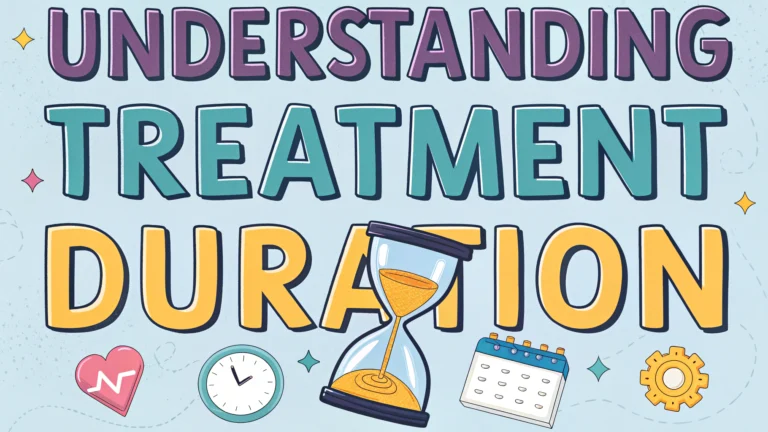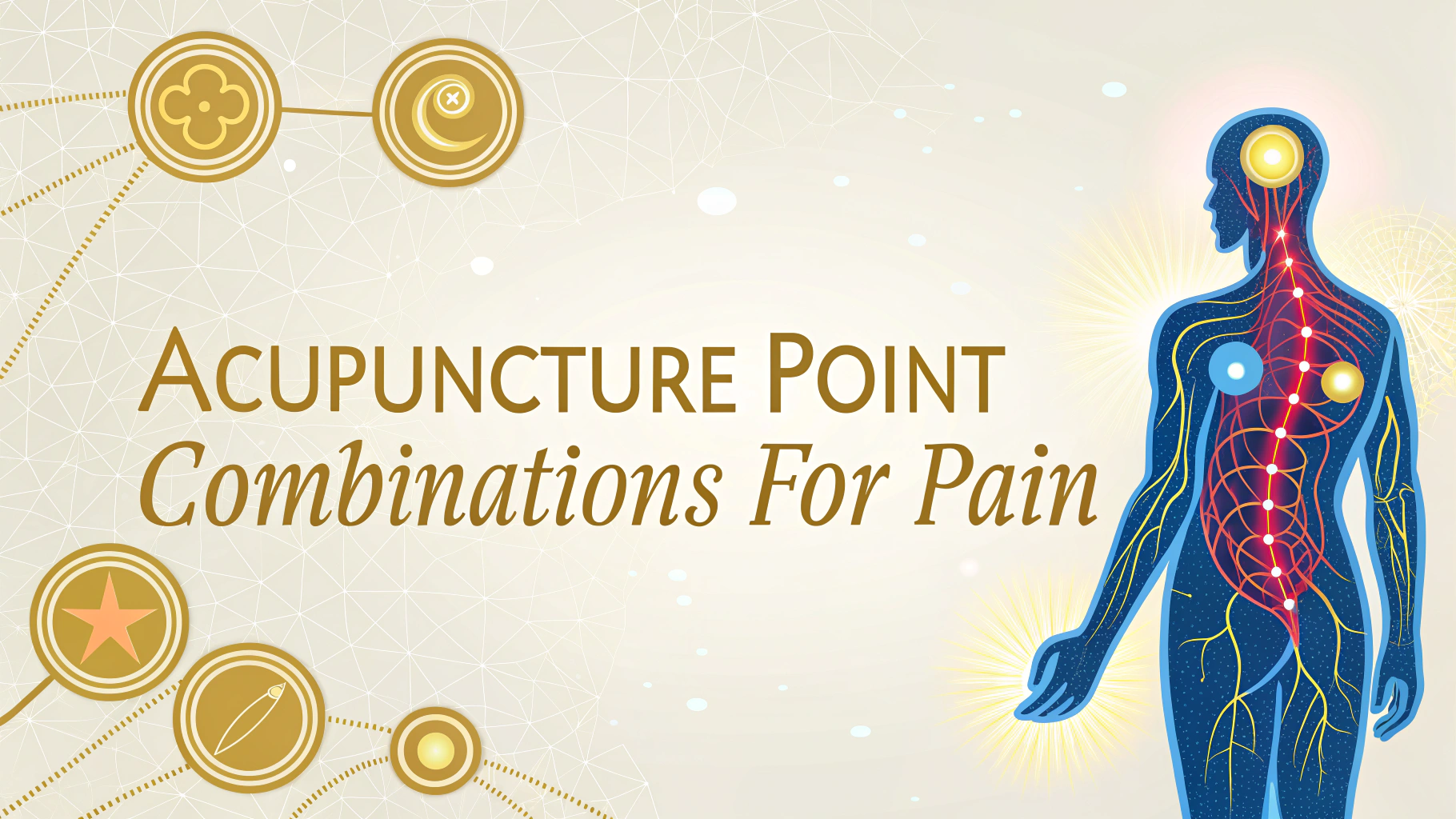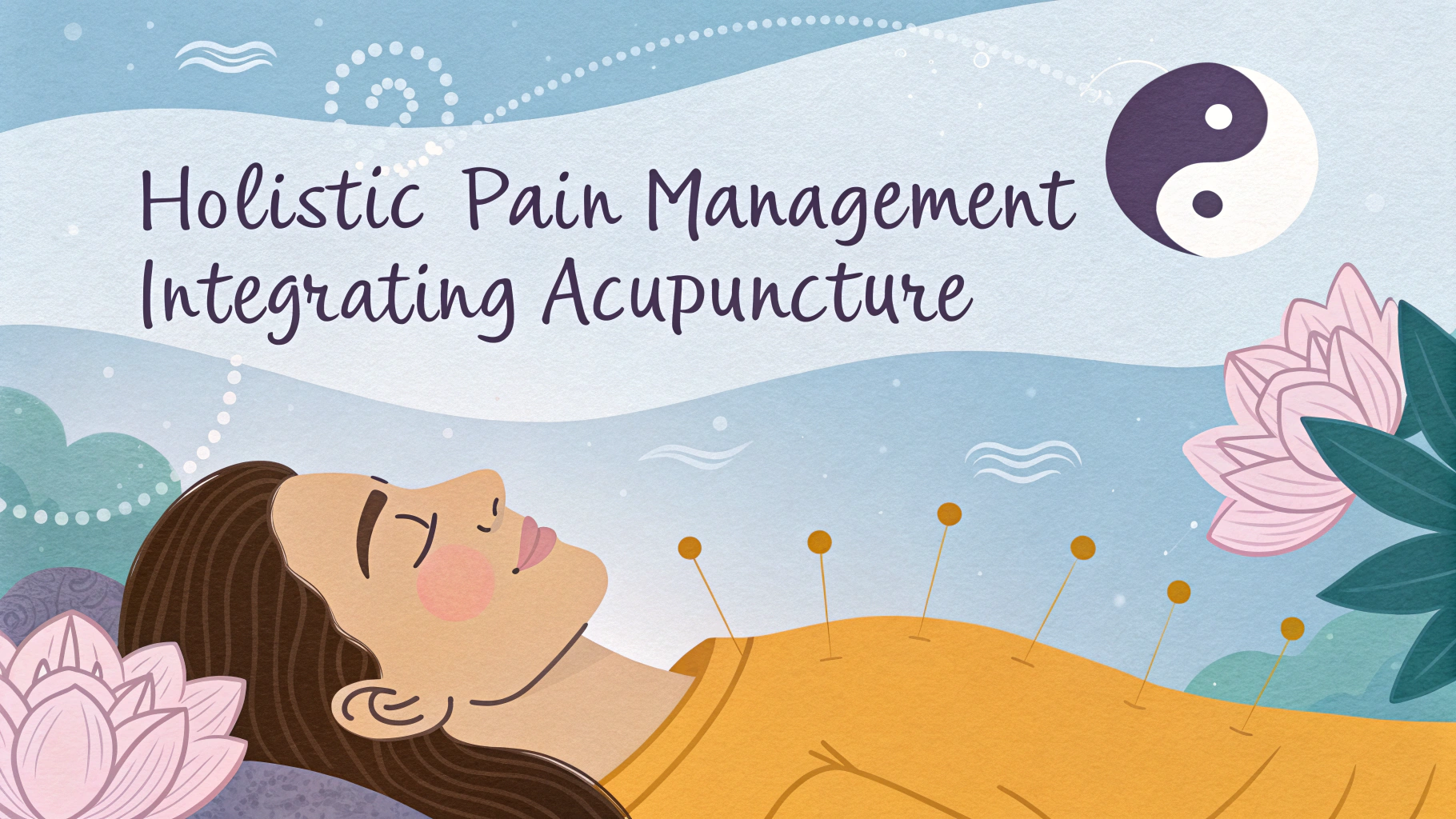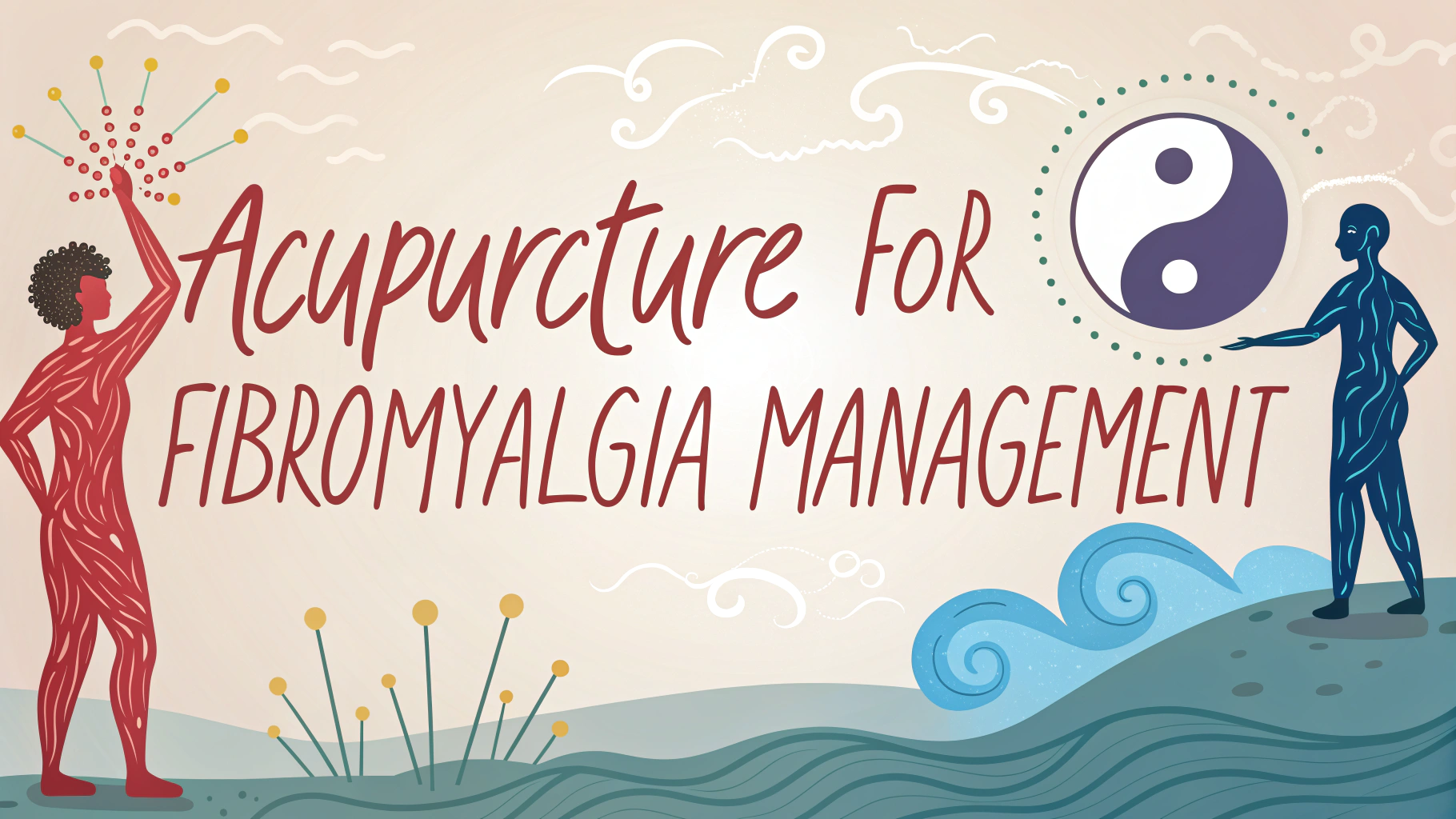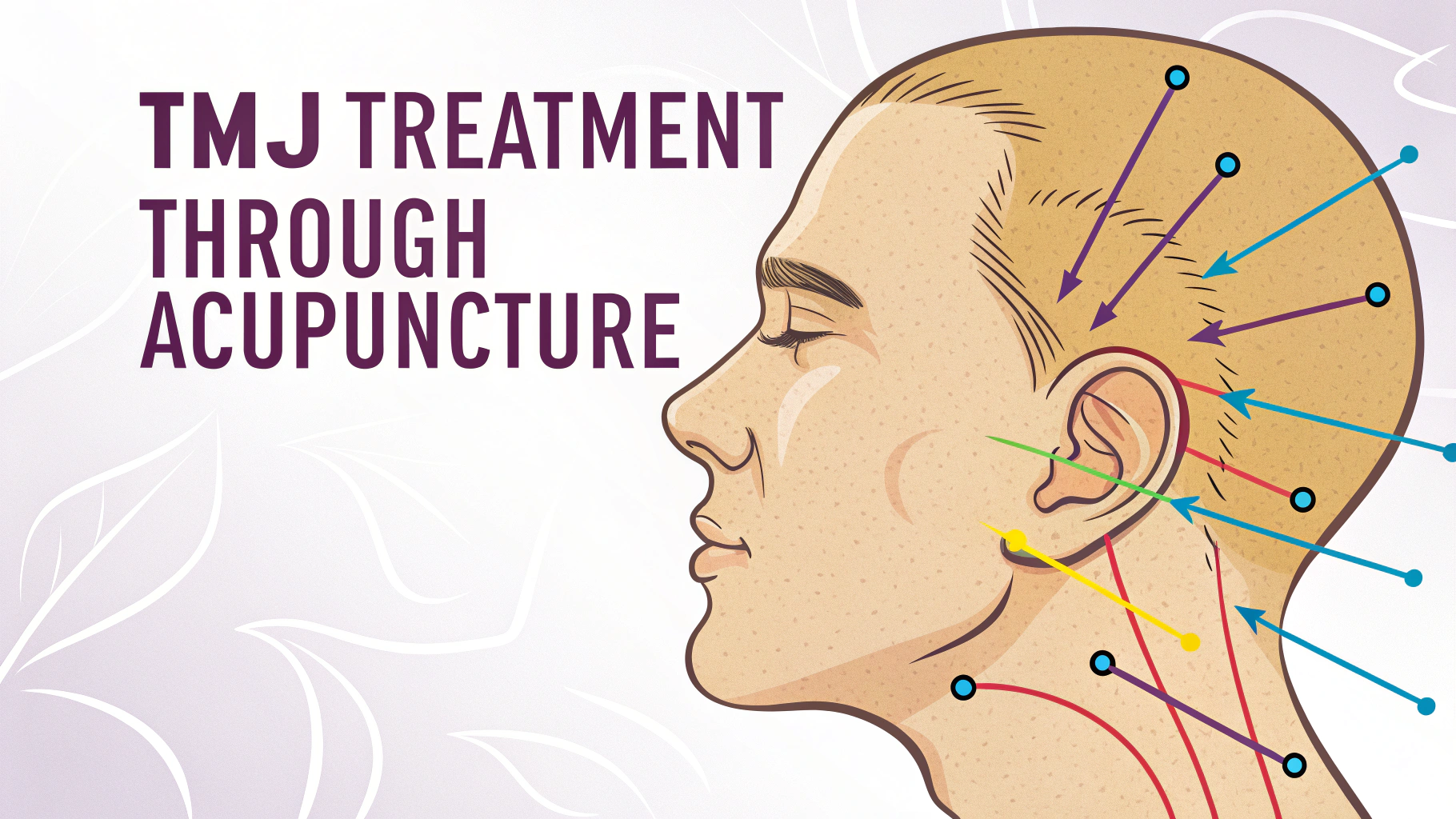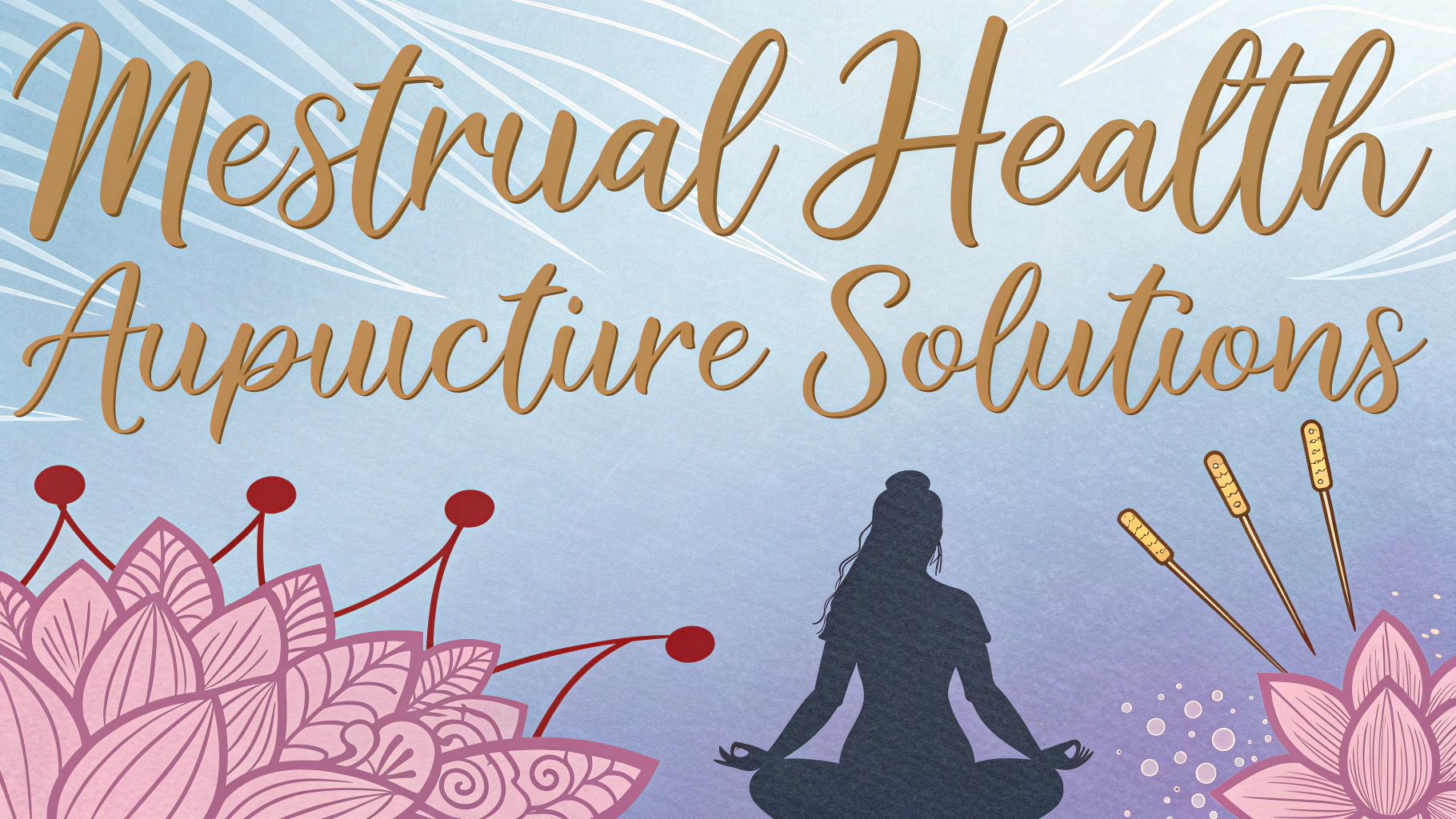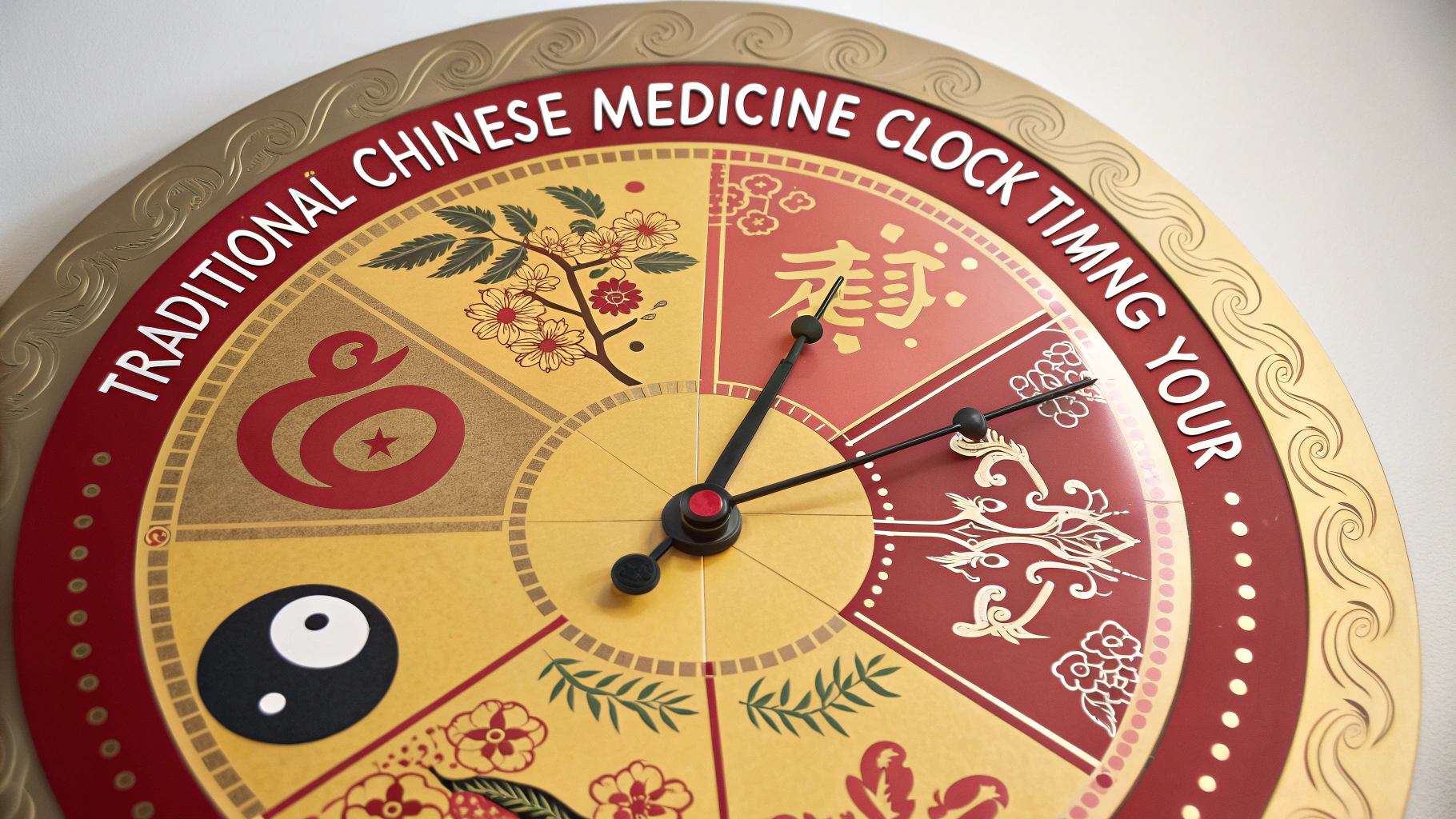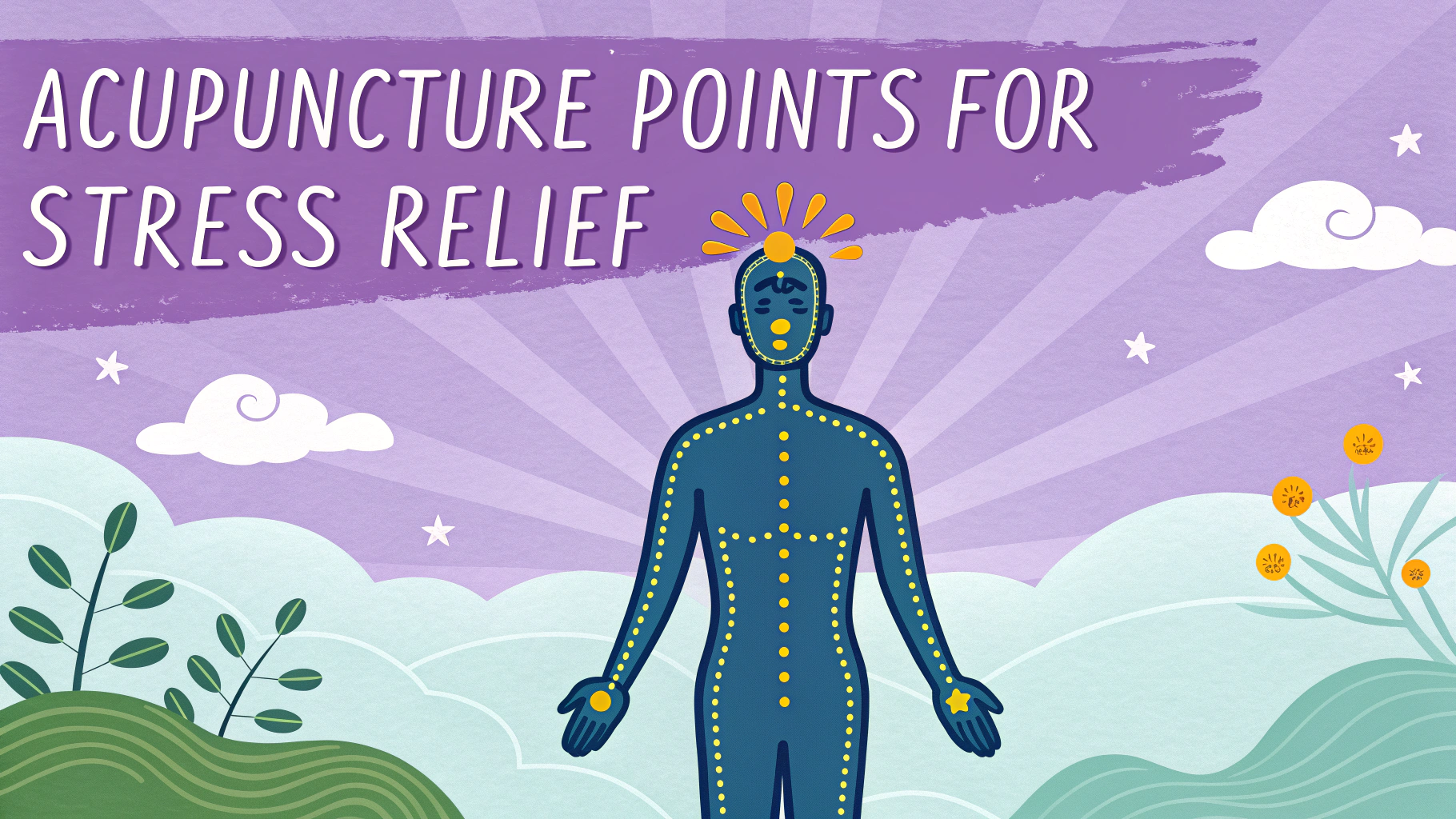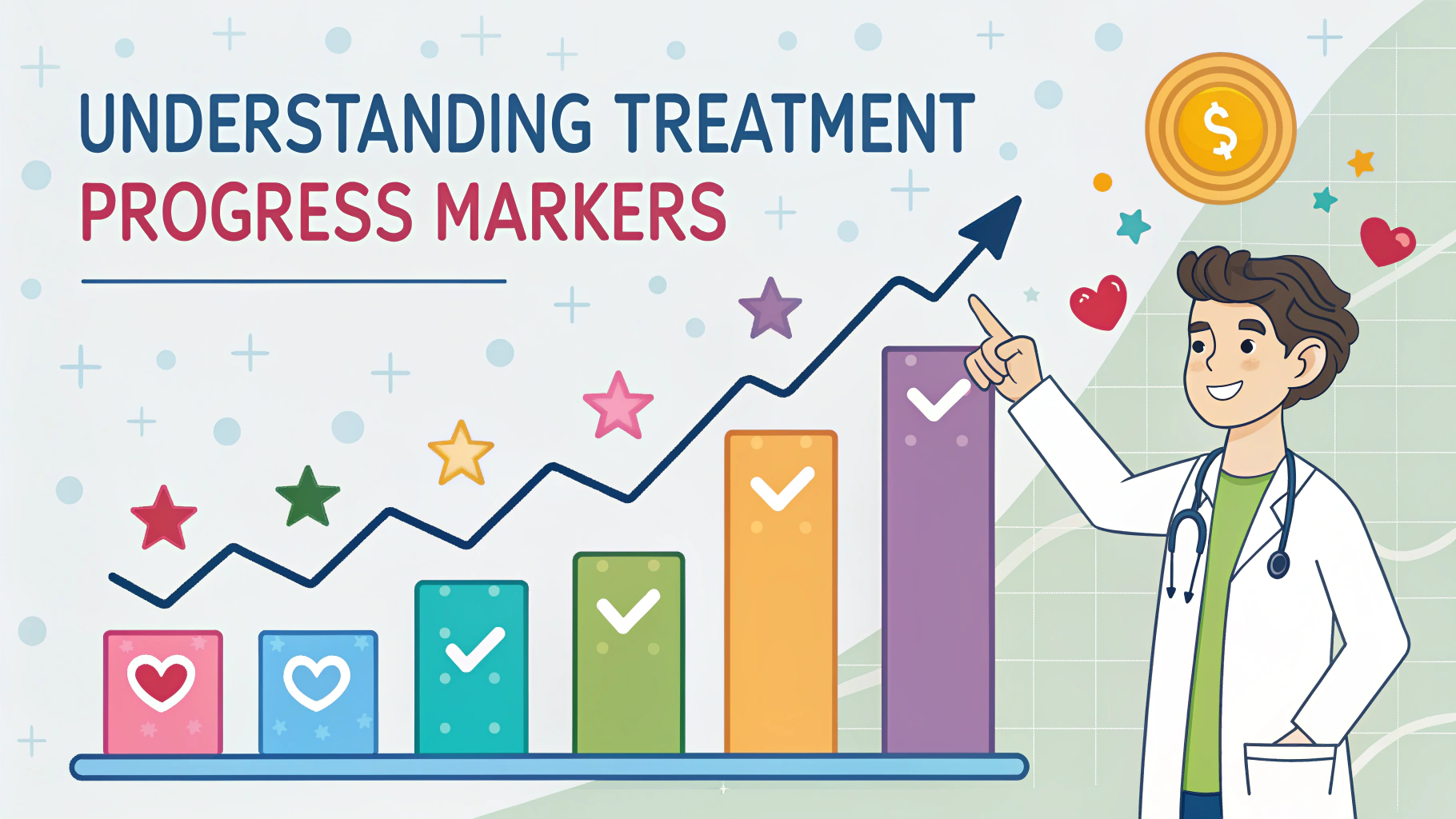Acupuncture, a cornerstone of Traditional Chinese Medicine (TCM), has evolved from ancient healing practices to become a widely studied therapeutic approach in modern healthcare.
Scientific research continues to uncover the physiological mechanisms behind acupuncture’s effectiveness in managing pain, reducing inflammation, and promoting overall wellness.
This article examines how ancient acupuncture principles align with current medical understanding, supported by clinical studies and research findings.
How Acupuncture Works
Acupuncture involves inserting thin needles into specific points along the body’s meridians, or energy pathways.
- Stimulates nerve endings and triggers neurotransmitter release
- Activates the body’s natural pain-relief mechanisms
- Increases blood flow to treated areas
- Reduces inflammation markers in the body
Scientific Evidence Supporting Acupuncture
Research shows acupuncture’s effectiveness for several conditions:
| Condition | Success Rate |
|---|---|
| Chronic Pain | 50-80% |
| Migraine | 40-60% |
| Nausea | 70% |
Treatment Process
A typical acupuncture session follows these steps:
- Initial consultation and health assessment
- Point selection based on symptoms
- Needle insertion (20-30 minutes)
- Post-treatment evaluation
Finding a Qualified Practitioner
Look for these credentials when choosing an acupuncturist:
- NCCAOM certification (National Certification Commission for Acupuncture and Oriental Medicine)
- State licensure
- Membership in professional organizations
Safety and Considerations
Understanding potential risks and preparations improves treatment outcomes:
- Avoid treatment on an empty stomach
- Inform practitioner about medications
- Report any pre-existing conditions
- Follow post-treatment care instructions
Next Steps for Your Treatment Journey
Contact the American Academy of Medical Acupuncture at (310) 379-8261 or visit their website to find certified practitioners in your area.
Schedule a consultation to discuss your specific health concerns and develop a personalized treatment plan.
Consider combining acupuncture with other complementary therapies for enhanced results.
Insurance Coverage and Costs
Understanding the financial aspects of acupuncture treatment helps with planning:
- Average session cost: $75-150
- Many insurance plans now cover acupuncture
- Multiple sessions may be needed for optimal results
- Package deals often available for treatment series
Integrating with Conventional Medicine
Modern healthcare increasingly recognizes acupuncture’s role in comprehensive treatment plans:
- Complements traditional medical treatments
- Reduces reliance on pain medications
- Supports post-surgery recovery
- Enhances overall treatment outcomes
Communication with Healthcare Providers
Maintaining open dialogue between practitioners ensures coordinated care:
- Share treatment plans with primary care physician
- Document progress and outcomes
- Report any adverse effects promptly
- Update medical history regularly
Embracing Modern Healing Through Ancient Wisdom
As research continues to validate traditional acupuncture practices, its role in modern healthcare grows stronger. Patients seeking natural healing methods can confidently explore acupuncture as a evidence-based treatment option, supported by both ancient wisdom and contemporary science.
Remember to approach treatment with realistic expectations and commit to the recommended course of therapy for optimal results. Your journey to wellness through acupuncture represents a bridge between time-tested healing arts and modern medical advancement.
FAQs
- What exactly is acupuncture and how does it work?
Acupuncture involves inserting thin needles into specific points on the body. It works by stimulating nerves, muscles, and connective tissue, which increases blood flow and triggers the release of natural painkillers like endorphins in the body. - Is acupuncture scientifically proven to be effective?
Scientific studies have shown acupuncture to be effective for chronic pain conditions, including back pain, osteoarthritis, and migraines. Research also indicates benefits for nausea, anxiety, and certain neurological conditions. - How long does an acupuncture session typically last?
A typical acupuncture session lasts between 30 to 60 minutes, with the needles usually remaining in place for 20-30 minutes. The first session may be longer due to initial consultation and health assessment. - Does acupuncture hurt?
Most people experience minimal to no pain during acupuncture. Patients may feel a slight pinch when needles are inserted, followed by mild tingling, numbness, or heaviness around the needle sites. - How many sessions are needed to see results?
The number of sessions varies depending on the condition being treated. Acute conditions may improve in 2-4 sessions, while chronic conditions might require 8-12 sessions or more for optimal results. - What conditions can acupuncture treat effectively?
Acupuncture is recognized for treating chronic pain, headaches, osteoarthritis, low back pain, neck pain, anxiety, depression, insomnia, infertility, and chemotherapy-induced nausea. - Are there any side effects or risks associated with acupuncture?
When performed by a qualified practitioner, acupuncture is generally safe. Minor side effects may include slight bruising, minor bleeding, or temporary soreness at needle sites. Serious complications are extremely rare. - How should I prepare for an acupuncture session?
Eat a light meal before treatment, wear loose-fitting clothes, avoid alcohol and caffeine beforehand, and ensure you’re well-rested. Inform your practitioner about any medications or health conditions. - Is acupuncture covered by insurance?
Many insurance plans now cover acupuncture treatments, especially for documented medical conditions. Coverage varies by provider and policy, so it’s important to check with your insurance company. - What’s the difference between traditional and modern acupuncture approaches?
Traditional Chinese acupuncture is based on qi energy flow and meridians, while modern medical acupuncture focuses on neurological and physiological responses. Both approaches can be effective but use different theoretical frameworks.
